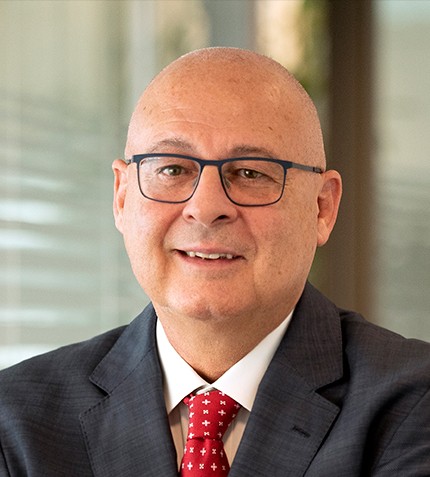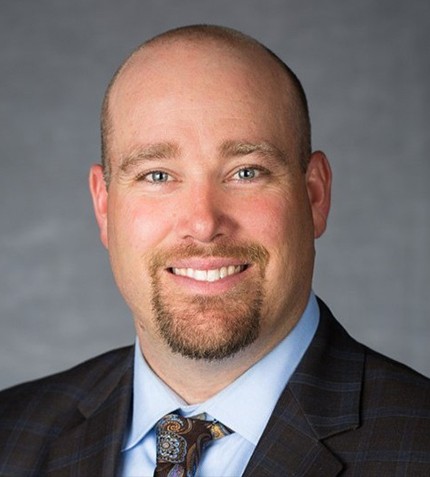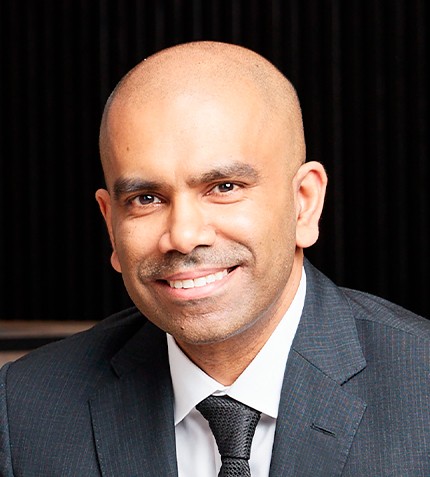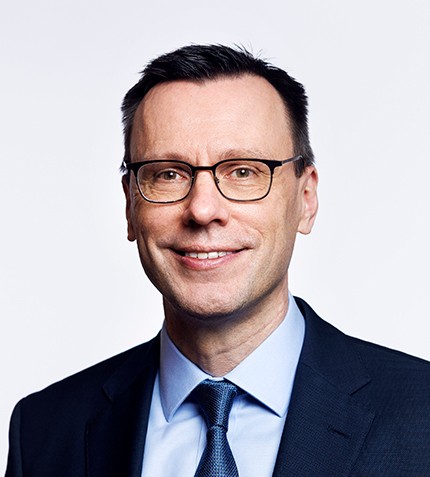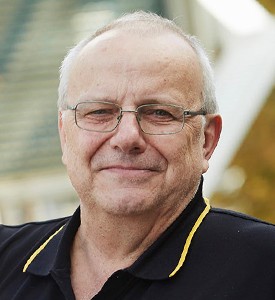
“We are revising our curriculum to better reflect the technological advancements because we want to ensure the WA School of Mines equips the next generation of graduates to work in a highly technical, sophisticated and evolving industry.”
Professor Sam Spearing
DIRECTOR, WESTERN AUSTRALIAN SCHOOL OF MINES – KALGOORLIE, CURTIN UNIVERSITY
The Western Australian School of Mines in Kalgoorlie was founded in 1902. What has driven the school to be rated as the second-best university in the world for mining engineering, according to the QS World University Rankings?
The QS World University Rankings began to include mining and minerals in its rankings four years ago, and when this initial result was released, Curtin University was ranked sixteenth. Over the subsequent years, we have demonstrated across a number of measures the growing reputation of the school, and we are now ranked second globally for the third year in a row, behind the Colorado School of Mines, mainly because employers are highly satisfied with our graduates and we have a high rate of publications in peer-reviewed journals.
The lack of talent coming into Australia’s mining industry is one of the key challenges the industry is facing. What role are you playing to attract potential students into mining programs?
Curtin University continues to work with important stakeholders, including high-profile WA School of Mines alumni and industry, on a range of strategies designed to encourage more students to consider a mining career and raise the profile of the industry following the recent downturn in the mining and resources sector.
Perceptions of the industry need to reflect the fact that it is booming today because of the use of cutting-edge digital technology, including real-time monitoring, artificial intelligence, drones and robotics. We are revising our curriculum to better reflect the technological advancements because we want to ensure the WA School of Mines equips the next generation of graduates to work in a highly technical, sophisticated and evolving industry. The slogan of life-long learning is a reality and we are working hard to have a seamless transition between school, the TAFE sector and university – including postgraduate degrees – so students can gain real-world experience and training while attending university to further develop their skills. One of our current goals is to create associate degrees, particularly in the mining sector, through a hybrid of on-line, distributed learning and block teaching, so that people can obtain degrees while keeping their jobs.
Our alumni and the industry are working hard on mining camps where they take school students and undecided first-year university engineering students to the mines. The feedback from these camps has been very positive because the mines exceed people’s expectations and are not what they expect. In fact, enrollments in mining programs have doubled this year from last year as a result of the camps. We are also revising the curriculum to encourage double degrees with engineering, because mining encompasses various elements such as mechatronics, computer science and mechanical, electrical and environmental engineering, in addition to law and human resources.
With the WA School of Mines in Kalgoorlie isolated from major tech hubs, are you able to collaborate to facilitate the research and development of new technologies?
Curtin is a global university with campuses in Malaysia, Singapore, Dubai and Mauritius, in addition to Perth and Kalgoorlie in Western Australia, so we are able to connect with all the major tech hubs. We also collaborate with other universities, so we can share infrastructure and skills. Research and development at the university already covers robotics, artificial intelligence and more recently, battery technology, and we believe that collaborations are key to the advancement and the future of mining technology.
What will be some the key highlights for the school over the coming two years?
We are excited about launching our revised curriculum and associate degrees in 2020. There is an ongoing feasibility study by Carey Mining to examine the possibility of placing the Australian Aboriginal Mining Academy in Kalgoorlie, which is state government-funded and would be a very positive addition to the region. We hope to continue to make progress on gender equality because this remains a major issue in the mines. In terms of safety, while working in mines, we believe the industry is already safe, however with the advent of real-time technology and robotics, the risk level will be near zero. Western Australia has a great legislative framework for mine safety and mining more generally, and hence will continue to remain a major flagship of mining education in the future.
How can stakeholders come together to address the talent shortages impacting the industry?
Industry can help address this challenge by working with universities and TAFEs to ensure that students have access to rich industry-led work experiences during their studies. Working with industry to develop courses designed to meet future skills requirements would also be helpful, as would further support for scholarships to assist students to meet the costs of studying at university. We are also keen to develop stronger research collaborations with industry. This is an extremely effective way not only of solving industry problems, but supporting the innovation that will help to ensure the future competitiveness of the sector.




